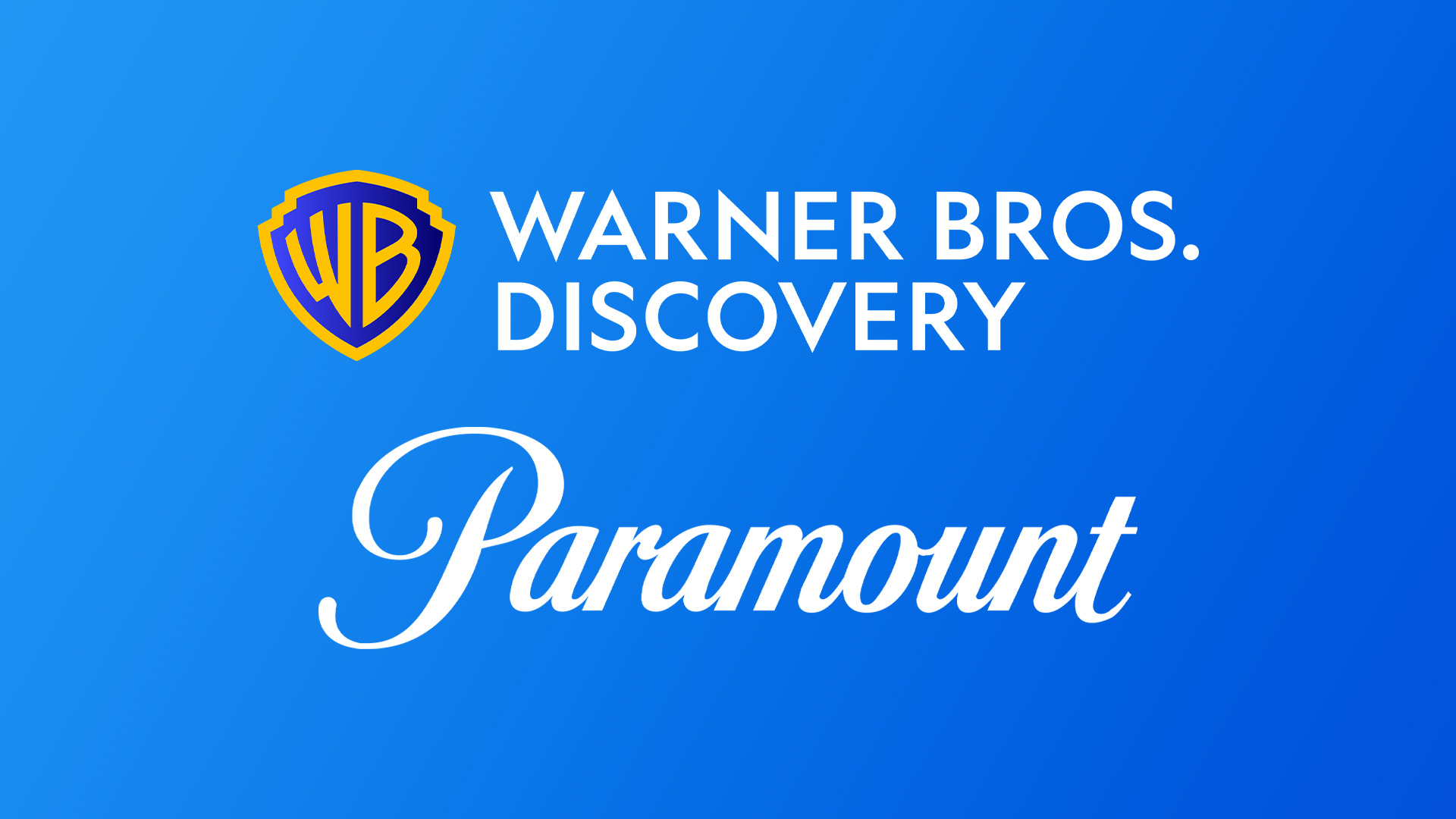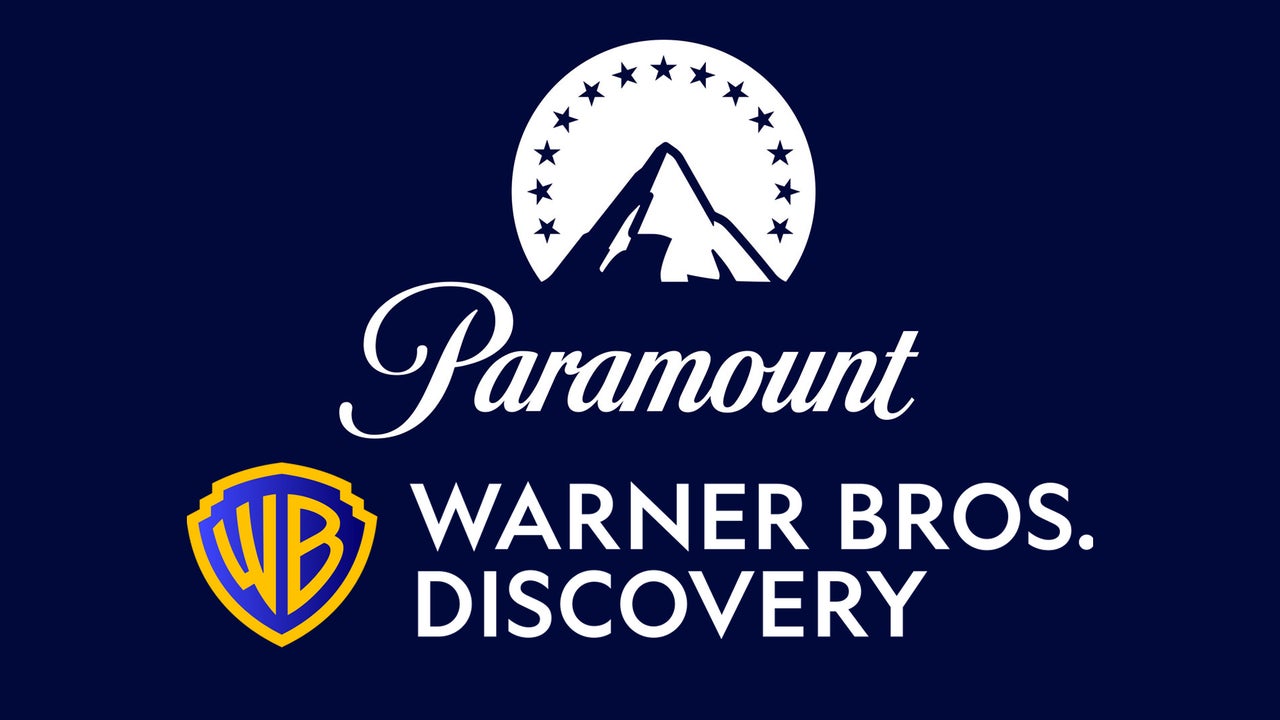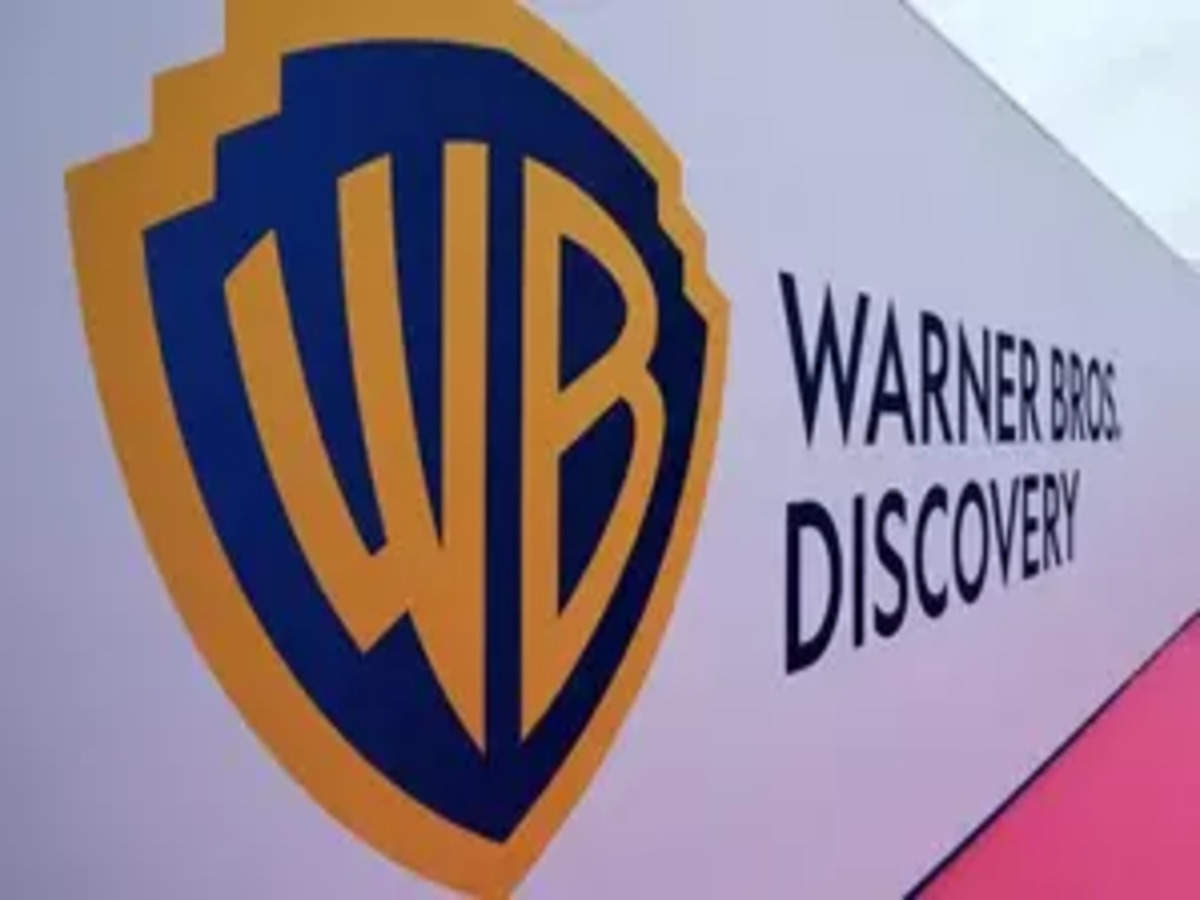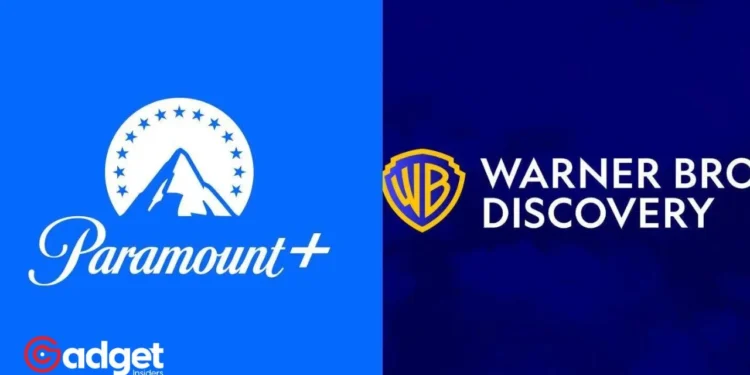In a surprising turn of events, the much-anticipated merger between entertainment giants Paramount and Warner Bros. has been officially called off, marking a significant moment in the media landscape. This decision halts the potential combination of Paramount+ and Max, leaving the streaming industry landscape fragmented yet competitive.
The Breakdown of a Blockbuster Deal
A detailed report from CNBC sheds light on the collapsed discussions between both entertainment giants, initially poised to reshape the future of streaming and entertainment.
Despite high hopes and strategic talks, the deal fell through, with insiders keeping tight-lipped about the specifics that led to this outcome. Various speculations hint at regulatory concerns and financial hurdles as possible deal-breakers.

Warner Bros., fresh from its acquisition and merger with Discovery, aimed to create a streaming powerhouse capable of rivaling Netflix’s dominance. This ambition, however, has been put on hold as the conglomerate deals with its $40 billion debt load.
Paramount, on the other hand, faces financial challenges, with a reported $14.6 billion in debt, suggesting financial stability may have been a critical factor in the merger’s dissolution.
The Streaming Landscape Post-Merger Fallout
The collapse of the merger means Paramount+ and Max will continue to operate independently, each striving to carve out their market share in the crowded streaming space. Max, bolstered by Discovery’s content, boasts 97.7 million subscribers, while Paramount+ trails with a respectable 63 million users.
The combined force of these platforms could have introduced a formidable competitor in the streaming wars, but for now, they remain rivals.
This development raises questions about the future strategies of both entities. The former, though no longer merging with the latter, remains open to sale propositions, indicating a potential reshuffling of media properties and franchises shortly.

Paramount’s Uncertain Yet Promising Horizon
Despite the failed merger, Paramount+ continues to hold significant value, thanks in part to its rich content library, including adaptations like the live-action “Halo” series and the enduring “Star Trek” franchise. These offerings underscore Paramount+’s appeal and potential growth trajectory as a standalone platform.
Paramount and Warner Bros. merger is canceled, with its streaming platforms remaining independent.https://t.co/Q6rGSyRJG4
— Tech Times (@TechTimes_News) February 29, 2024
The cancellation of the merger with Warner Bros. doesn’t spell the end for Paramount+’s ambitions but rather opens up new pathways for collaboration and expansion. As the streaming wars persist, the entertainment giant’s willingness to explore sales and partnerships may eventually lead to a reshaping of its strategic position in the market.
Looking Ahead: The Fragmented Future of Streaming
The fallout from the Paramount and Warner Brothers merger talks is a clear indicator of the volatile and competitive nature of the streaming industry. As companies navigate regulatory landscapes, financial constraints, and strategic positioning, the path to dominance is fraught with challenges and opportunities.

For now, the industry watches as both entertainment companies chart their separate courses, each with the potential to significantly impact the streaming ecosystem. The future of streaming remains as unpredictable as ever, with each player seeking to innovate and captivate audiences in a rapidly evolving digital world.
This pivotal moment underscores the dynamic nature of the entertainment industry, where alliances are formed and dissolved, leaving consumers and analysts alike wondering what the next blockbuster move will be in the ongoing saga of streaming wars.










